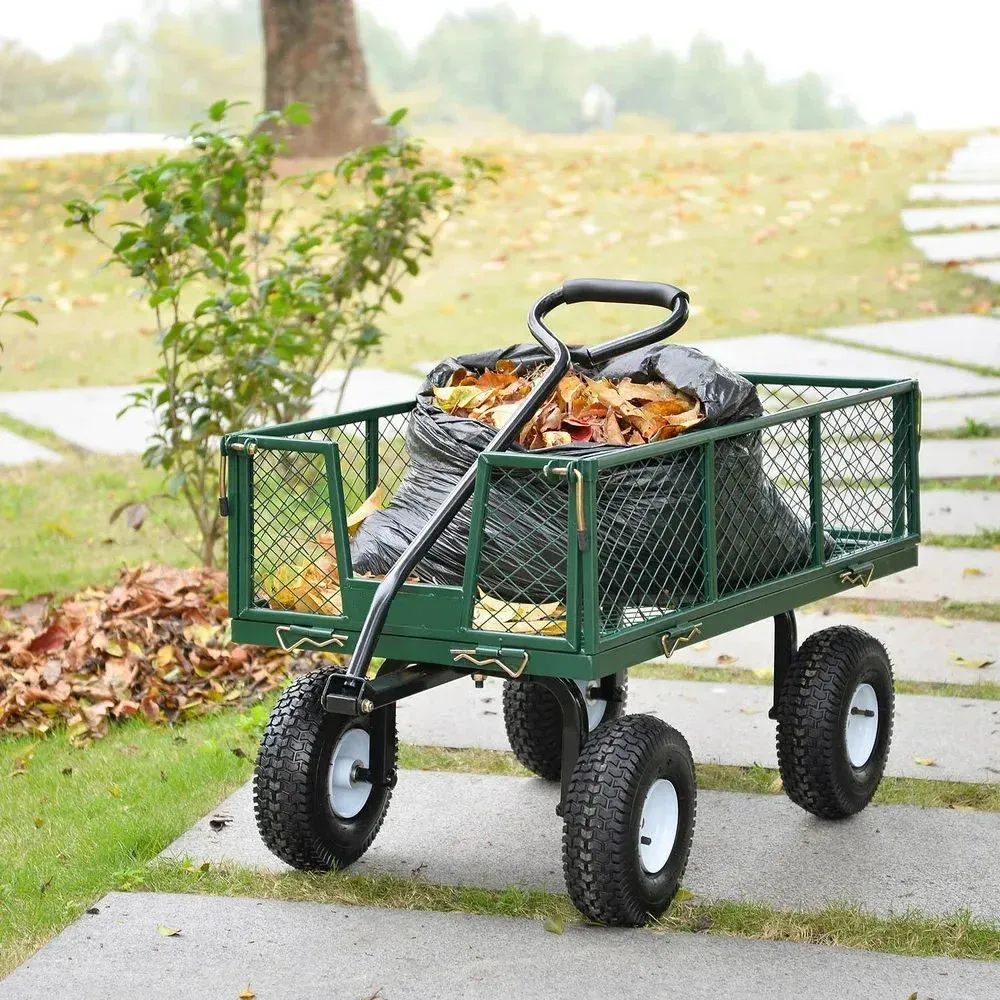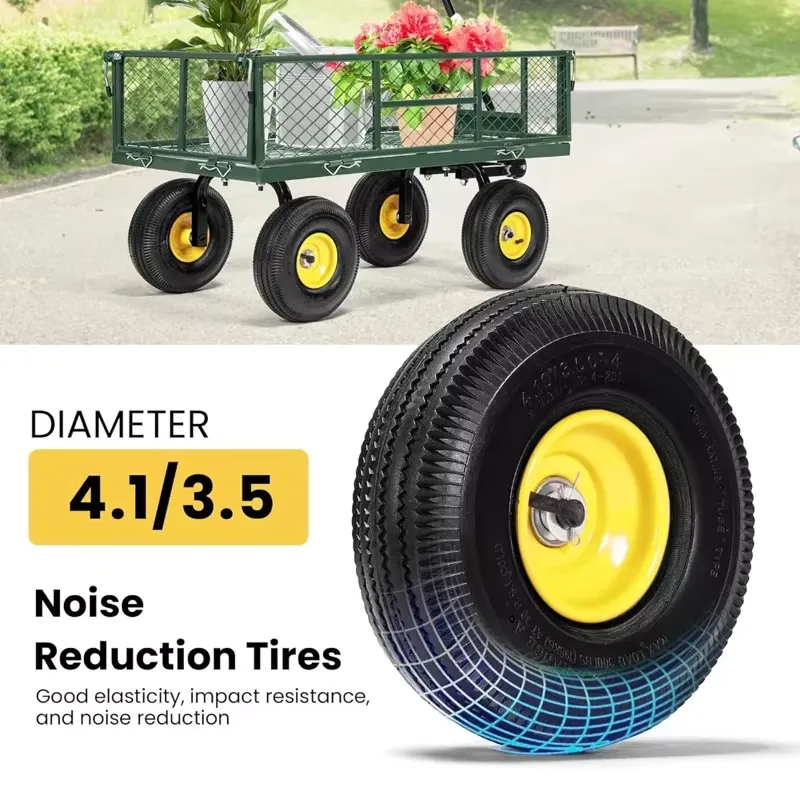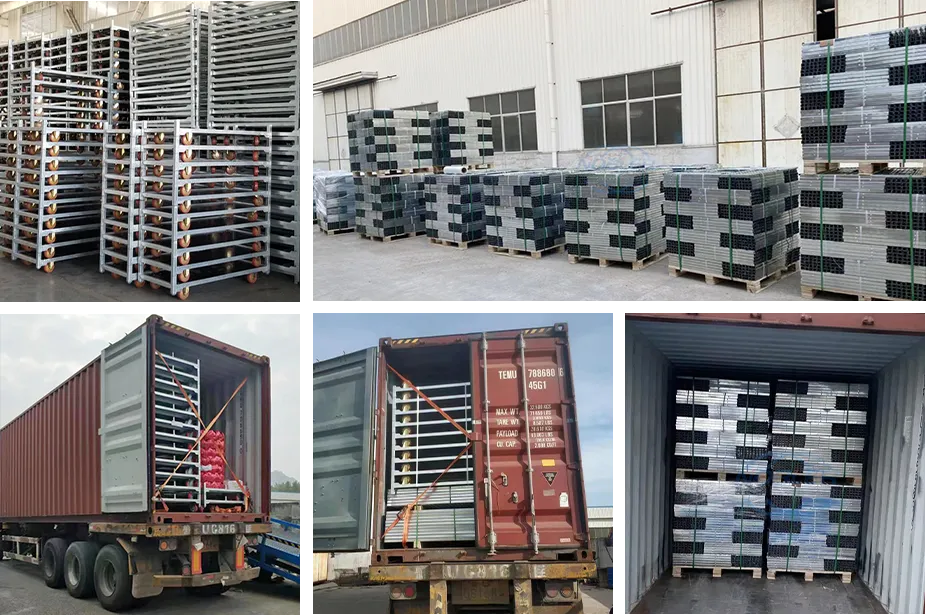Avoid your inquiry is delay response, please enter your WhatsApp/Skype along with the message, so we can contact you at the very first time.
We will reply you within 24 hours. If for urgent case, please add WhatsApp/WeChat: +8613791936882,. Or call +86-18678911083 directly.
A mesh trolley (also called a wire mesh trolley or wire mesh utility cart) is a wheeled cart built from welded wire mesh panels and a steel base. The open mesh allows visibility and air flow, while the cage-like frame keeps items secure during storage and movement. It’s ideal for warehouses, greenhouses, garden centers, and delivery docks.
A trolley with mesh sides combines the carrying efficiency of a platform truck with the protection of a cage. Unlike a flatbed, the mesh design keeps loose boxes and oddly shaped goods from sliding off. Operators gain visibility from every angle while keeping cargo securely inside the basket.
As a Danish Trolley、Garden Carts/Trolley Manufacturing plant, we engineer the frame as a welded steel construction with reinforced corners. This approach balances strength with lightweight maneuvering. The result is a versatile, multi-purpose solution for order picking, plant movement, and back-of-store transfer.

Space in a warehouse or dock is expensive. A foldable or collapsible cage reduces the return footprint dramatically. Panels hinge inward; bases nest. Teams reclaim aisles between waves, and the carts stack neatly near the store room or greenhouse.
Choose foldable when you shuttle empty carts long distances or backhaul to suppliers. For fixed routes inside the building, rigid frames may be enough. Both options support space saving and faster assembly at the point of use.
You’ll see three families in storage equipment:
Which is right?
If you need frequent transportation inside a site, pick a mobile trolley. If you store long term on selective rack beams, containers or cage pallets shine. Many operations use a mix.
Wheels dictate effort and stability:

For heavy-duty lanes, go larger diameter (Ø160–200 mm). Larger wheels roll over joints and debris with less push force. Where speed matters, use low-friction bearings and balanced rims to reduce energy loss.
Finish matters. We typically use zinc plating for cost-effective corrosion protection. In coastal or fertilizer-rich areas, consider duplex coating (zinc + powder). For show-floor display carts, bright chrome delivers a premium look.
Materials and finish directly impact durability. Specify salt-spray hours to match your environment and cleaning schedule. Where wash-downs are frequent, sealed bearings and drain holes add years to service life.
Different sites, different flows. You can customize panel height, toe plates, ID plates, and bumper rails for delivery in trucks. Add tow eyes to create trainable cage trolleys. For pallet interfaces, a flatbed with fork notches integrates cleanly with your forklift and conveyor.
We manufacture modular parts so your team can reconfigure carts as needs change—swap in doors, lock bars, or extra shelves to suit transport or backroom staging. That means fewer SKUs, faster repairs, and better uptime.

How much can a standard mesh trolley carry?
Most operations spec 300–800 kg, depending on base size, panel height, and wheel choice. Always validate load capacity to your safety standard and route.
Is a collapsible cage strong enough for daily use?
Yes—modern hinges and latches are durable. Choose reinforced corners for frequent folding and collapsible stacking.
Which wheels roll best on mixed floors?
Larger-diameter polyurethane wheels with precision bearings. Pair two fixed with two swivel (front) and at least one brake.
Can I add shelves later?
Absolutely. Our posts accept shelves at multiple positions; you can re-space or remove them as seasons change.
Do you offer a utility cart for retail backrooms?
Yes. We build a compact utility cart with half-height sides for quick moves between receiving and store floor.